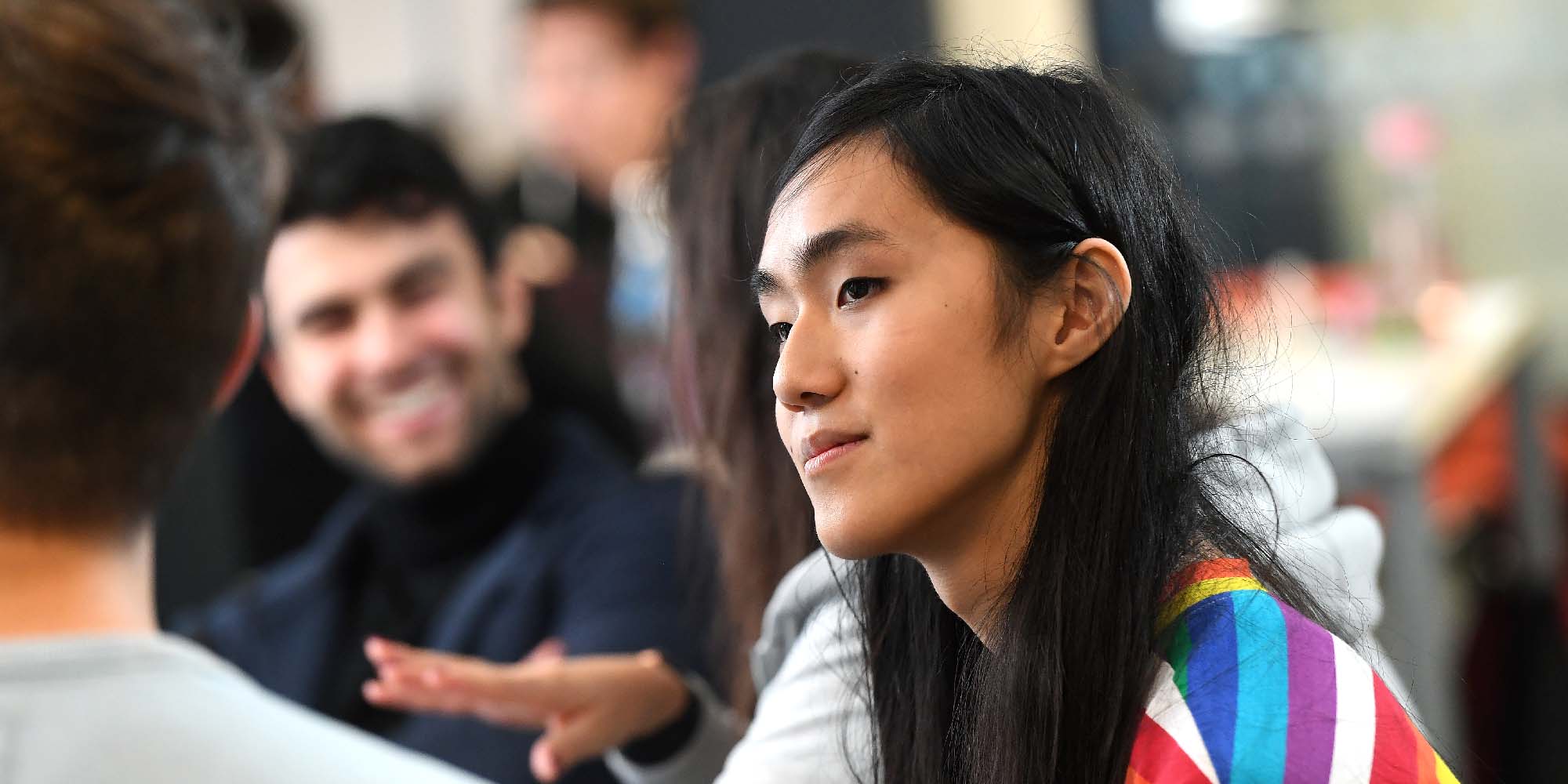Postgraduate research opportunities Remote, range-resolved ultraviolet Raman spectroscopy for safety in hydrogen fuel and nuclear industries
ApplyKey facts
- Opens: Friday 19 April 2024
- Deadline: Sunday 30 June 2024
- Number of places: 1
- Duration: 4 years
- Funding: Equipment costs, Home fee, Stipend, Travel costs
Overview
The detection and monitoring of substances at range is extremely important to several industrial production and safety processes. This four-year funded EngD programme will be focused on remote gas sensing in air using Raman scattering for safety in nuclear and hydrogen fuel industries.Eligibility
CDT Essential Criteria
- A Masters level degree (MEng, MPhys, MSc) at 2.1 or equivalent
- Desire to work collegiately, be involved in outreach, undertake taught and professional skills study
Project Essential Criteria
- First or Upper-Second class degree in Physics
- Understanding of optics and spectroscopy
- An ability to review relevant pre-existing literature
- A systems-based approach to problem-solving
- Desire to undertake an experimental project encompassing optics; lasers; interfacing to instrumentation; mechanical and electronic design and fabrication (the appropriate knowledge will be supplied); system integration; analysis of results
- To be practical and self-motivated
- A strong desire to interact with external end-users of the developed technology
Project Desirable Criteria
- Pre-existing knowledge of interfacing, computer programming (such as MATLAB, LabView and Python)

Project Details
The detection and monitoring of substances at range is extremely important to several industrial production and safety processes. This programme will be focused on remote gas sensing in air using Raman scattering for safety in nuclear and hydrogen fuel industries.
Raman scattering signal, albeit weak, provides a unique signature of chemical substance, making it an excellent tool for substance identification.
The strength of the Raman signal increases with a shorter excitation wavelength. Therefore, combining UV Raman spectroscopy with single photon detectors creates an excellent technology for remote gas monitoring applications. The project will develop a novel remote gas sensing system platform using state-of-the-art technologies in light sources, spectral analysis, and single-photon detectors.
The development will include optimisation of operational wavelength range to maximise technology sensitivity, study of Raman spectra of different molecules in a desired spectral range and designing a suitable spectrometer system. As a result, deployable prototypes will be tested for the realistic end-user scenario. Such an endeavour would represent a highly timely, novel and disruptive achievement. Our use of single-photon detectors also plays an essential role in the UK Quantum Technologies agenda, and will result in a timely and highly innovative early industrial application of these devices.
Molecular LIDAR system
We will develop a molecular LIDAR system that projects a pulse of excitation light into the field of view and then collects the few back-scattered Raman photons. The photon time-of-flight tells us the position of the cloud; the ‘colour’ of the Rama photon tells us the composition of the cloud; and the number of Raman photons tells us the concentration.
This technique requires careful timing of the outgoing pulse and detecting the returning photons.
We, therefore, make extensive use of time-correlated, single-photon detection.
To date, we have used commercial instrumentation, but the considerable expertise of the academic partner (Dr David Li) means that bespoke FPGA hardware (Wang et al., IEEE Trans. Ind. Electron. 2024 10.1109/TIE.2024.3370941; Wang et al., IEEE Trans. Ind. Electron. 70, 4256-4266, 2023; Xie et al., IEEE Trans. Ind. Electron. 69, 4264-4274, 2022) can be developed for more compact, cost-competitive embodiments. The student will be involved in the development of all subsystems of the instrument – excitation source selection and procurement; beam manipulation and projection; optical design of the collection telescope; wavelength sorting of the collected Raman photons; control instrumentation and embedded software design.
Further information
Industrial partner
The candidate will be part of a highly motivated team within the Fraunhofer Centre for Applied Photonics (CAP). Fraunhofer CAP is a world-leading centre in the field of applied photonics in central Glasgow. Fraunhofer CAP engages in industry-driven research and development (R&D) activities that benefit the UK economy and its citizens and enjoy excellent links with various industrial partners. The candidate will be able to experience translating their technology from the research laboratory to end-use.
Fraunhofer CAP is a professional R&D organisation and, as such, maintain core hours of operation. However, we are flexible in our approach and welcome such discussions.
Funding details
This four-year EngD studentship differs from a standard PhD studentship. It covers UK fees for four years, and students will receive UKRI stipend in year one and UKRI stipend + £8,460 industry top-up in years two to four.
The course will start from 9th September 2024 at St Andrews University.
The studentship also includes a £4,000 travel budget.
While there is no funding in place for opportunities marked "unfunded", there are lots of different options to help you fund postgraduate research. Visit funding your postgraduate research for links to government grants, research councils funding and more, that could be available.
Supervisors
Primary supervisor: Dr David Li
Additional Supervisor: Dr David Stothard & Dr Roman Specsyvtsev
Dr Li is a Senior Lecturer in Biomedical Engineering. His research group develops low-cost time-resolved imaging/spectroscopy systems integrating CMOS single-photon avalanche diode (SPAD) sensors and FPGA-embedded machine-learning tools. He has published over 100 research articles and holds over 12 patents.
Dr Stothard and Dr Specsyvtsev specialise in instrumentation and optics systems. They're currently working with Dr Li on the Innovate UK HYDRI and a four-year EngD Applied Photonics CDT project.
Apply
Applications should be submitted through the Centre for Doctoral Training in Applied Photonics website.
Number of places: 1
There will be a shortlist and interview process with an interview panel including the academic/industrial supervisors and the Centres for Doctoral Training (CDT) managing team.
To read how we process personal data, applicants can review our 'Privacy Notice for Student Applicants and Potential Applicants' on our Privacy notices' web page.
Contact us
- Dr David Stothard (david.stothard@fraunhofer.co.uk)
- Dr Roman Specsyvtsev (roman.spesyvtsev@fraunhofer.co.uk)
- Dr David Li (David.Li@strath.ac.uk)

